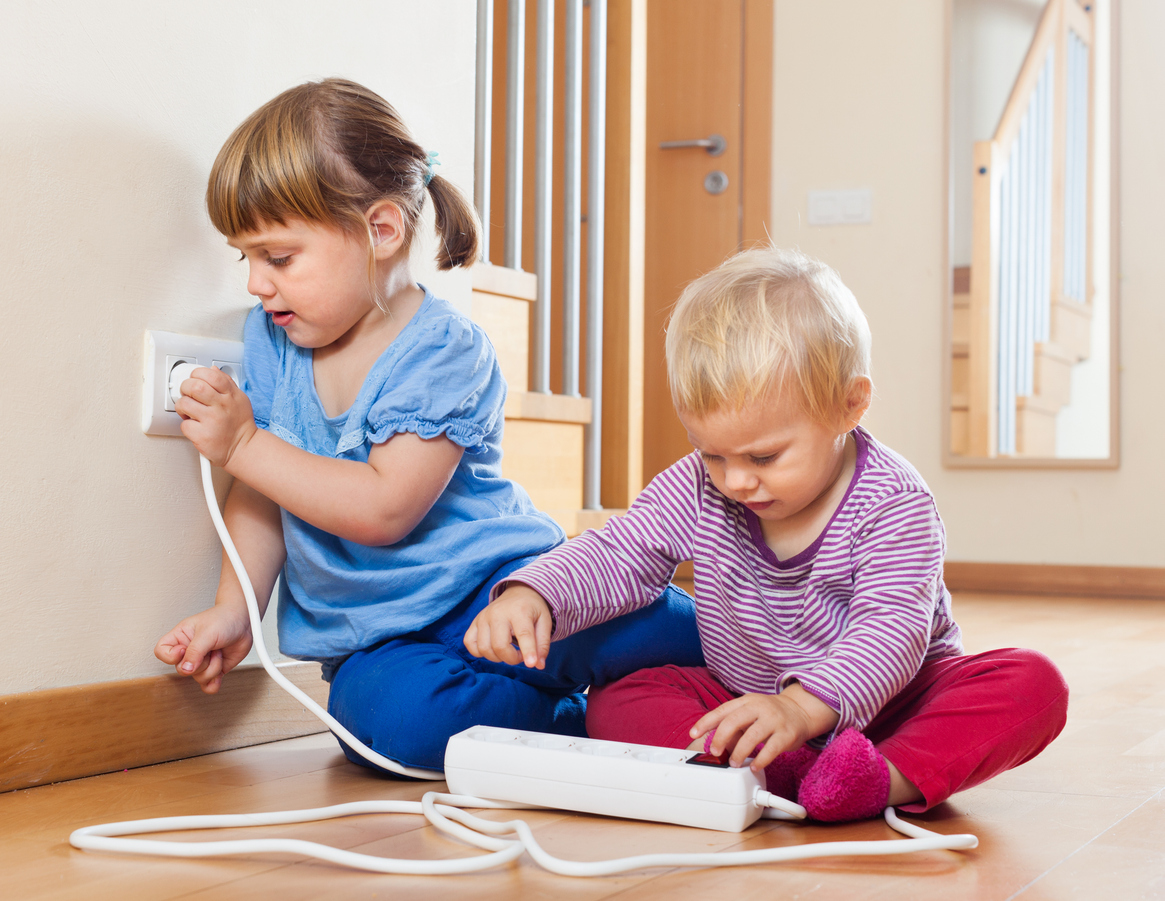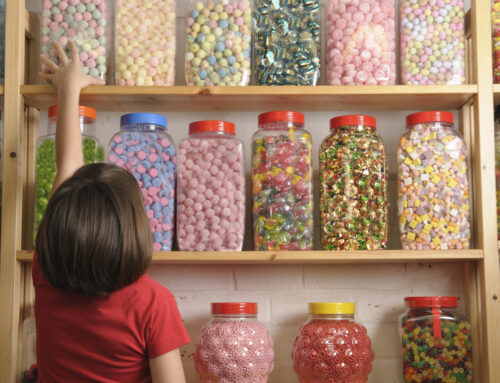Child-proofing your home is something most parents take seriously. Outlet covers, cabinet latches, locking up medications, and closely supervising bath time are all common and essential steps. However, while these precautions are widely practiced, there are still several overlooked household hazards that can pose risks – especially during school breaks or summer months when kids spend more time at home.
Below are some often-forgotten home safety tips that can help protect both young children and teens.
Hidden Hazards for Young Children
Beyond keeping cleaning products and prescription medications locked away, here are additional items and areas that deserve your attention:
• Vitamins, Especially Those with Iron
Children’s vitamins are designed to be appealing, often resembling candy in taste and shape, but vitamins containing iron can be toxic when consumed in excess. For example, a 30-pound toddler could face serious harm from just 15–30 chewable tablets. Overdoses of other vitamins, such as Vitamin A, have also led to hospitalization when used improperly. Always keep vitamins out of reach and consult a pediatrician before supplementing.
• Mouthwash, Perfume, Hand Sanitizer, and Cosmetics
These household staples can be dangerous if ingested or splashed into a child’s eyes. Mouthwashes may contain alcohol or menthol, which can be toxic. Hand sanitizers, often left within reach, can also cause poisoning if swallowed.
• E-Cigarettes and Vaping Liquids
Nicotine or THC refills—even small amounts—can be fatal to young children if ingested. These should be treated with the same caution as other household poisons.
• Alcohol Leftovers
Unattended alcoholic drinks can look harmless to children, mimicking adults. Ingesting even a small amount can lead to dangerous intoxication, especially in toddlers.
• Purses and Bags
Children are naturally curious, and purses can contain a mix of hazards like medication, nail tools, coins, and button batteries. Make it a habit to store purses and bags out of reach.
• Houseplants
While they brighten up your home, certain plants are toxic if eaten. These include peace lilies, sago palms, philodendrons, and poinsettias. Take inventory and replace or relocate any plants that could be harmful.
• Magnets and Button Batteries
Small magnets or button batteries from toys, cards, or electronics can be easily swallowed. If more than one magnet is ingested, they can attract through the intestinal walls, causing life-threatening injuries. Button batteries can burn through tissue in a matter of hours; this is a medical emergency.
• Carbon Monoxide Exposure
Portable generators, gas heaters, or stoves used indoors can emit carbon monoxide, a colorless and odorless gas that can be fatal. Always ensure these are used in well-ventilated areas and that your home has working carbon monoxide detectors.
• Lead Paint and Dust
Homes built before 1978 may contain lead paint. Renovations or even normal wear can release lead dust, which, when inhaled or ingested, can cause neurological damage and developmental delays in young children.
These aren’t the only reasons kids end up in the ER, but they’re among the most common.
Tip: Keep the number for Poison Control in a visible area and save it in your phone: 1-800-222-1222
Safety Considerations for Older Children and Teens
As children grow, the safety concerns evolve. While they’re more independent, they still face potential risks, some of which are linked to technology, social habits, or personal care routines.
• Noise Exposure from Headphones
Listening to loud music through headphones can cause permanent hearing loss. Studies show that 1 in 6 teens has some level of high-frequency hearing loss. A good rule: keep volume below 60% and take a break after every hour. If your ears feel sore or “funny,” it’s too loud.
• Screen Time and Eye Strain
Teens now spend an average of 7+ hours per day on screens. Prolonged screen use can lead to eye fatigue, headaches, dry eyes, and poor sleep. Encourage the 20-20-20 rule: every 20 minutes, look at something 20 feet away for 20 seconds. Maintain a proper viewing distance—one foot for phones, two feet for laptops, and 10 feet for TVs—and avoid screen use at least one hour before bedtime.
• Hair Styling and Chemical Burns
Hair straighteners, curling irons, and chemical treatments can cause burns, scalp irritation, or even hormonal effects. Encourage teens to use heating tools at or below 350°F and opt for professional application, when possible, to limit scalp exposure.
• Sun Protection
Sun safety isn’t just for the beach. Daily use of a broad-spectrum SPF (at least 30) is crucial, especially on sensitive areas like the face and ears. Reapply every two hours and after swimming. Sunglasses that block UVA and UVB rays also protect vision over time.
• Golf Carts and E-Bikes
Recreational vehicles have become popular, but they bring serious risks. Accidents involving golf carts and E-bikes have increased and can result in significant injuries or fatalities. Children under 16 should not operate these vehicles without strict adult supervision. Helmets are non-negotiable. Avoid horseplay, and always follow traffic rules. When buying an E-bike, choose a model with a lower speed class and consider setting road-use restrictions.
Keeping kids safe doesn’t stop with cabinet locks or outlet covers. It means staying informed, staying proactive, and reevaluating your home environment as your children grow. While many hazards are hidden in plain sight, awareness is the first step toward prevention.
Quick Safety Reminders:
• Reassess your household for age-appropriate risks
• Keep all potentially dangerous items out of reach and locked
• Educate older kids and teens on health and safety choices
• Post and save emergency contact numbers
• When in doubt, consult your pediatrician
With a few thoughtful changes, your home can be a safer place for every stage of childhood.
The TopLine MD Alliance is an association of independent physicians and medical practice groups who are committed to providing a higher standard of healthcare services. The members of the TopLine MD Alliance have no legal or financial relationship with one another. The TopLine MD Alliance brand has no formal corporate, financial or legal ties to any of the physicians or practice groups in the network.




